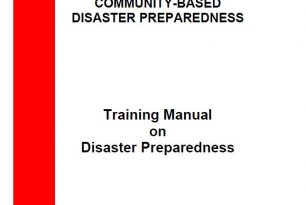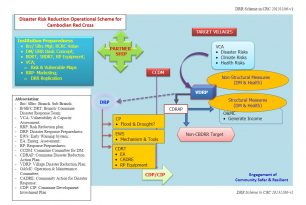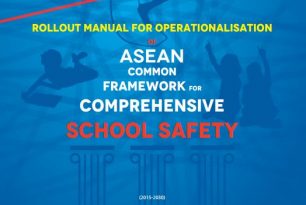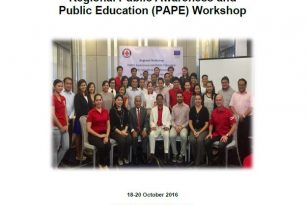
The training manual is prepared by the Cambodian Red Cross for the training of Red Cross Volunteers. The manual is a part of the Community-based disaster preparedness (CBDP) series.
![]()

Purpose: This operational scheme details institutional preparedness in disaster risk reduction actions for Cambodian Red Cross, committees for disaster management at commune and village levels. Usage: Guidance for implementation Audience: National Society Disaster Risk Reduction practitioners No ratings yet. Rate…
![]()

The School Disaster Risk Management (SDRM) Guidelines aim to support school-based risk assessment and planning, educational continuity planning, and development of response skills (such as standard operating procedures, incident command systems in case of hazards) and response provisions (such as temporary and locally built learning facilities) –all of which form the School Disaster Risk Management Plan.
The SDRM Guidelines aim to reduce the impact of disasters on the school’s environment, physical construction, as well as to avoid possible impacts on the students’ learning outcomes. To achieve this, the Guidelines attempt to harmonize existing school safety template documents with existing global and regional approaches to come up with a common set of standards that can be adopted and adapted in Southeast Asian countries.
![]()

The rollout manual primarily aims to assist country focal agencies on school safety (e.g. Ministry of Education and National Disaster Management Office) in translating the conceptual framework into implementable actions through detailed steps to generate the outputs, key actors, and timelines, as well as elaboration on working mechanisms at national and regional level for school safety.
![]()

This workshop report is an output of the Regional Public Awareness and Public Education (PAPE) Workshop that was held on 18-20 October, 2016 in Quezon City, Manila, the Philippines. The report is useful for participants who attended the 3-day Training of Trainer Workshop as the expected objectives. All participants were expected to facilitate and roll out the PAPE handbook and tools in their countries i.e. Philippines, Vietnam, Cambodia and Lao PDR.
![]()

This is a summary overview of what is in the IFRC Recovery programming guidance, 2012. It has been designed for use primarily by managers, decision makers and senior practitioners, including National Society and IFRC personnel who may have had limited experience of recovery but who wish to consider this more actively in disaster response. It aims to promote a common approach to recovery amongst National Societies and IFRC in order to strengthen programme quality in enabling communities to build more resilience as quickly as possible after disasters and crises.
![]()